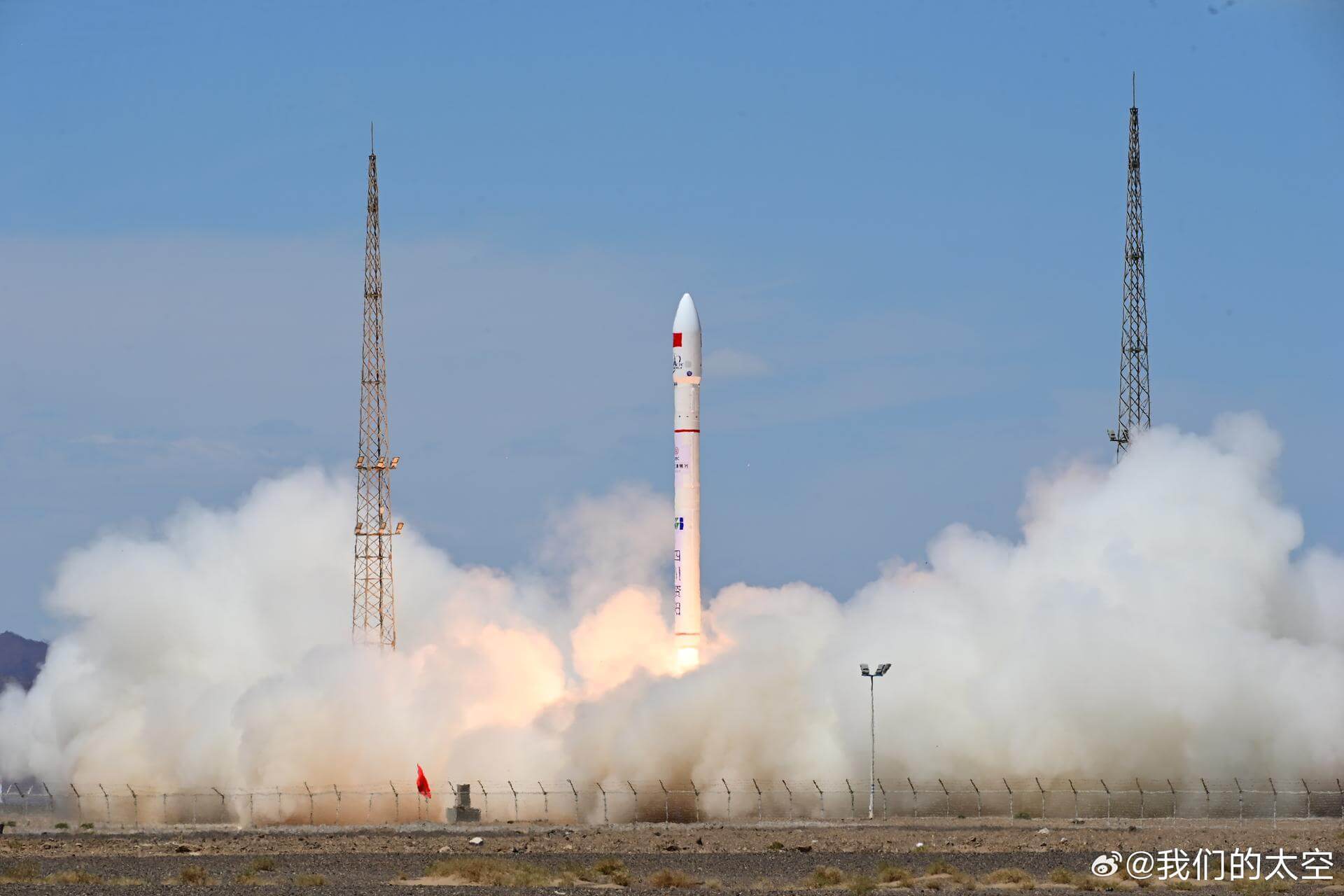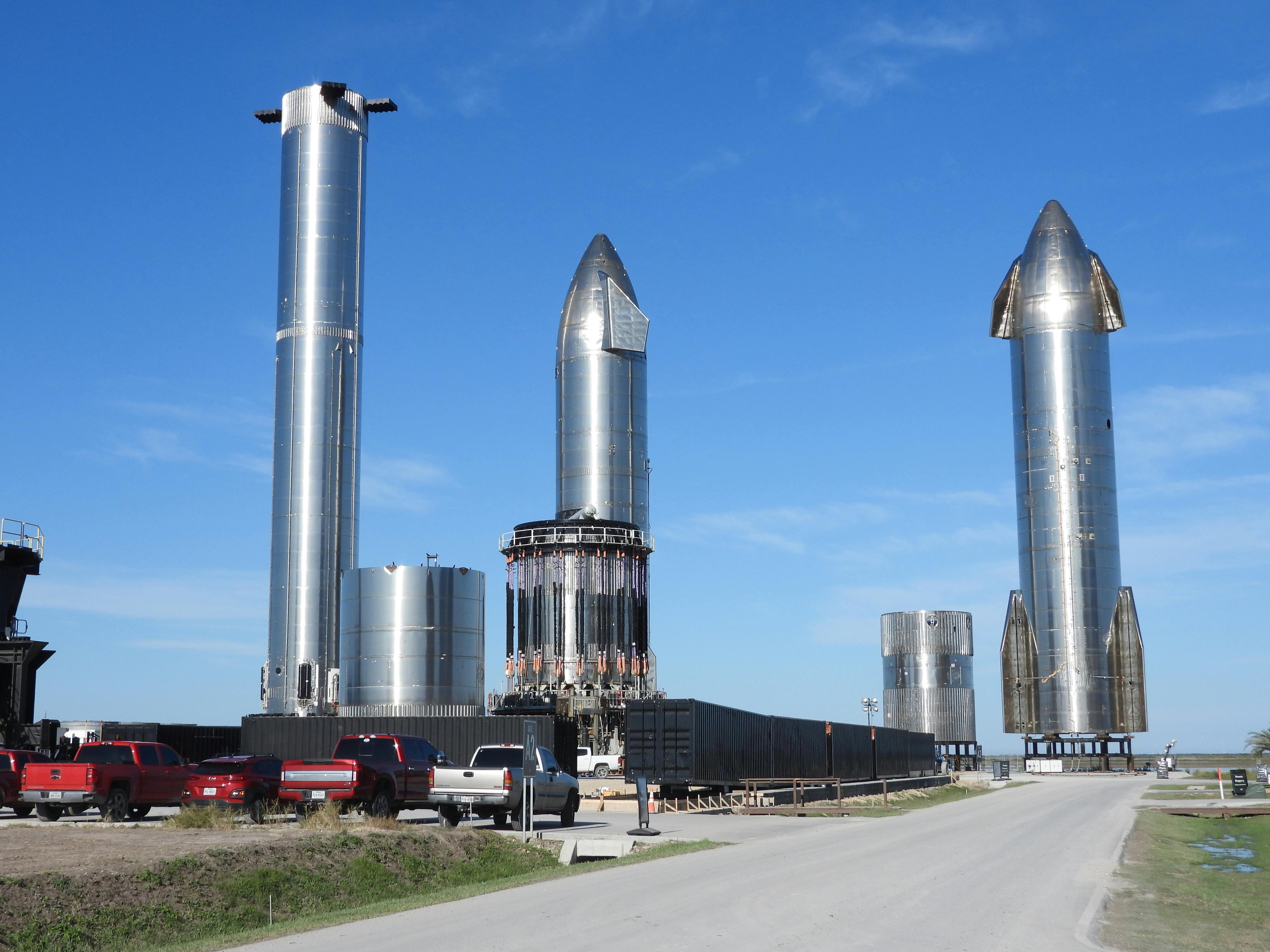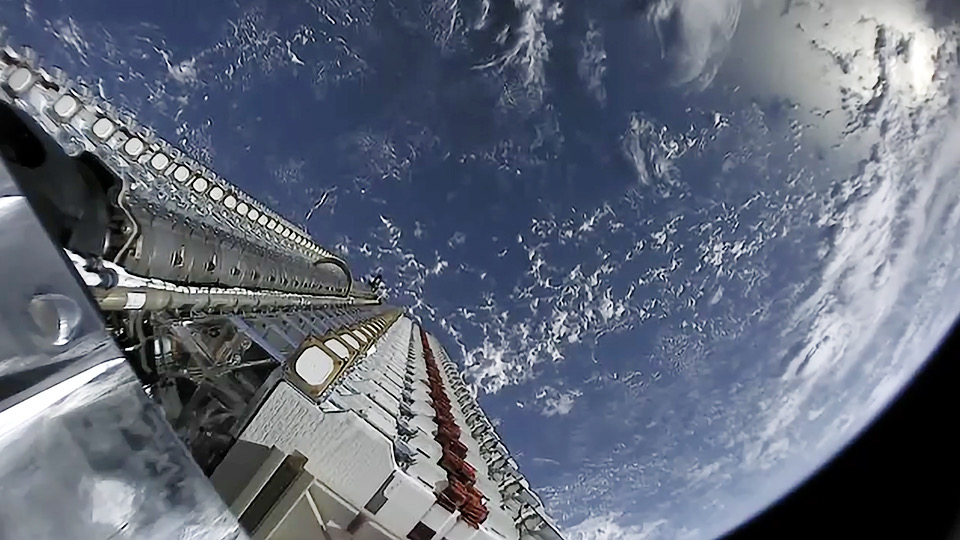· space brief · 4 min read
Space Brief 24 Nov 2024
Today's briefing covers Blue Origin's New Glenn nearing its first launch, SpaceX's 400th Falcon 9 mission with Starlink satellites, advancements in space-based weather prediction, and more.

📄Top Stories
Blue Origin’s New Glenn rocket is poised for its first mission with final preparations underway. SpaceX celebrates a milestone with the launch of its 400th Falcon 9 rocket, deploying more Starlink satellites with advanced capabilities. In parallel, innovations in space technology are enhancing weather preparedness by improving predictions.
📰Detailed Coverage
Blue Origin Prepares New Glenn for Launch
Blue Origin has elevated its first flight-ready New Glenn rocket into launch position in anticipation of final testing. This massive rocket, designed for reusable launches, marks a significant step forward for the company, with its first mission set to happen before the end of 2024, carrying Blue Ring technology.
The New Glenn sets a high bar with its focus on sustainability and payload capacity, reflecting Blue Origin’s commitment to expanding access to space. As this launch approaches, satellite tracking enthusiasts can expect increased activity, pivotal for real-time monitoring on our web app.
Read the full story: Spaceflight Now
SpaceX Reaches 400th Falcon 9 Launch
SpaceX launched 20 Starlink satellites from California, marking the 400th mission of its Falcon 9 rocket. This launch further expands the Starlink constellation with satellites featuring Direct to Cell technology, enhancing internet coverage worldwide.
With this mission, SpaceX continues to set the standard for frequent and reliable access to space, contributing significantly to global connectivity. This achievement is not only a testament to engineering prowess but also highlights the potential for increasingly sophisticated satellite tracking via our platforms.
Read the full story: Spaceflight Now
Transforming Weather Preparedness with Space Tech
Space technology is revolutionizing weather preparedness, offering more precise and timely forecasts that help mitigate the impact of extreme weather events. This new era of weather prediction is being propelled by satellite data, enabling better government, academic, and commercial responses.
The integration of advanced sensors and data analytics allows for real-time tracking of meteorological phenomena from space, crucial for those in fields reliant on accurate weather information, such as military and disaster management.
Read the full story: SpaceNews
SpaceX Skips Texas Land Swap for Future Starship Development
SpaceX has decided not to proceed with a proposed land swap deal in Texas that would have supported further expansion of its Starbase facilities. This move maintains the current trajectory of infrastructure development focused on supporting the burgeoning Starship program.
The decision underscores SpaceX’s strategic planning in optimizing its resources for future launch activities, which continue to grow in scale and ambition from the Texas base.
Read the full story: Space Explored
🛰️Satellite Spotlight
- Satellite Name: CSG-1
- NORAD ID: 44873
- Launch Date: 2019-12-18
- Mission: CSG-1 is part of the second generation of Italian radar satellites equipped for all-weather Earth observation, enhancing environmental monitoring and resource management.
- Orbit: Inclination: 97.8873°, Period: 97.16 minutes, Eccentricity: 0.0001404
- Operator: MDDI/ASI (Italian Ministry of Defence/Digital Italy Agency)
- Fun Fact: CSG-1’s radar systems allow it to capture images of the Earth’s surface regardless of light and weather conditions, boasting immense utility for various research and security applications.
Current TLE Data:
1 44873U 19092A 24318.46083623 .00002061 00000-0 26553-3 0 89990
2 44873 97.8873 139.4614 0001404 82.1322 278.0051 14.82139646265454Track this satellite in real-time on our web app: Track CSG-1
🚀 Upcoming Space Launches
November 24
- Rocket Lab Electron:
- HASTE | Leidos-2 from Wallops Flight Facility, Virginia, USA (03:00 UTC) Second sub-orbital launch of Electron for the Hypersonic Accelerator Suborbital Test Electron (HASTE) program for Leidos and Dynetics.
- China Aerospace Science and Technology Corporation Long March 2C:
- Unknown Payload from Jiuquan Satellite Launch Center, People’s Republic of China (23:26 UTC) Details TBD.
November 25
- Rocket Lab Electron:
- Ice AIS Baby (Kinéis 11-15) from Rocket Lab Launch Complex 1, Mahia Peninsula, New Zealand (03:55 UTC) Third batch of five satellites for the French Kinéis IoT constellation.
- SpaceX Falcon 9 Block 5:
- Starlink Group 12-1 from Cape Canaveral SFS, FL, USA (09:32 UTC) A batch of satellites for the Starlink mega-constellation - SpaceX’s project for space-based Internet communication system.
November 26
- SpaceX Falcon 9 Block 5:
- Starlink Group 6-76 from Kennedy Space Center, FL, USA (03:31 UTC) A batch of satellites for the Starlink mega-constellation - SpaceX’s project for space-based Internet communication system.
November 27
- LandSpace Zhuque-2E:
- Unknown Payload from Jiuquan Satellite Launch Center, People’s Republic of China (01:51 UTC) Details TBD.
- Russian Space Forces Soyuz 2.1b:
- Kosmos (Unknown Payload) from Plesetsk Cosmodrome, Russian Federation (19:00 UTC) Russian military satellite(s) of unknown variant.
November 30
- Russian Federal Space Agency (ROSCOSMOS) Soyuz 2.1a/Fregat-M:
- Kondor-FKA No.2 from Vostochny Cosmodrome, Siberia, Russian Federation (00:00 UTC) A civilian radar Earth observation satellite featuring an S-band synthetic aperture radar.
- Galactic Energy Ceres-1:
- Unknown Payload from Jiuquan Satellite Launch Center, People’s Republic of China (00:00 UTC) Details TBD.
Note: Launch dates and times are subject to change due to technical or weather considerations.

Maurice Stellarski





